- Shoulder Impingement

Shoulder impingement is the inflammation of the tendons of the shoulder joint. It is one of the most common causes of pain in the shoulder.
Know More - Shoulder Labral Tear
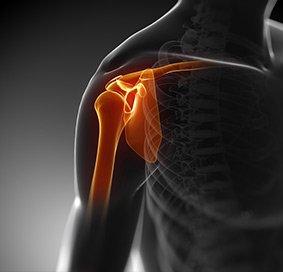
The shoulder consists of a ball-and-socket joint formed by the upper end of the humerus (upper arm bone) and a cavity in the shoulder blade called the glenoid.
Know More - Frozen Shoulder

Frozen shoulder, also called adhesive capsulitis, is a condition in which you experience pain and stiffness in your shoulder.
Know More Launch Movie - Shoulder Instability

Shoulder instability is a chronic condition that causes frequent dislocation of the shoulder joint.
Know More - Arthritis of the Shoulder
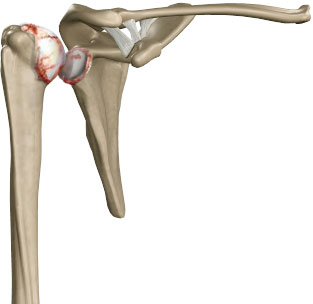
The term arthritis literally means inflammation of a joint but is generally used to describe any condition in which there is damage to the cartilage.
Know More - Shoulder Fracture
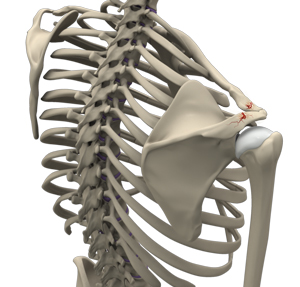
A break in a bone that makes up the shoulder joint is called a shoulder fracture.
Know More - Acromioclavicular (AC) Arthritis
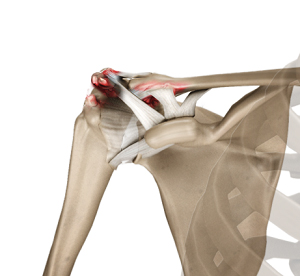
The acromioclavicular joint is part of the shoulder joint. It is formed by the union of the acromion, a bony process of the shoulder blade, and the outer end of the collar bone or clavicle.
Know More - Rotator Cuff Tear

A rotator cuff is a group of tendons in the shoulder joint that provides support and enables a wide range of motion.
Know More Launch Movie - Shoulder Pain

Pain in the shoulder may suggest an injury, which is more common in athletes participating in sports such as swimming, tennis, pitching, and weightlifting.
Know More Launch Movie - SLAP Tears

The term SLAP (superior –labrum anterior-posterior) lesion or SLAP tear refers to an injury of the superior labrum of the shoulder.
Know More - Clavicle Fracture

The break or fracture of the clavicle (collarbone) is a common sports injury associated with contact sports such as football and martial arts, as well as impact sports such as motor racing.
Know More Launch Movie - Fracture of the Shoulder Blade (Scapula)
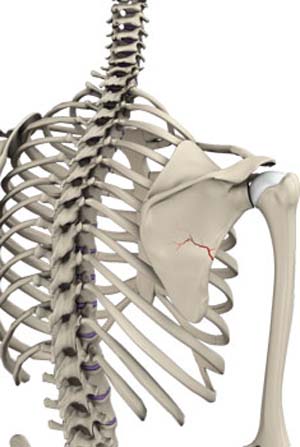
The scapula (shoulder blade) is a flat, triangular bone providing attachment to the muscles of the back, neck, chest and arm.
Know More - Shoulder Trauma
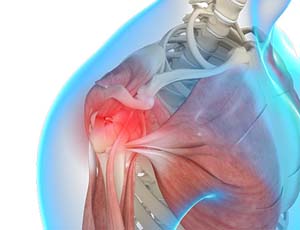
Shoulder injuries most commonly occur in athletes participating in sports such as swimming, tennis, pitching, and weightlifting.
Know More - Shoulder Dislocation

Sports that involve overhead movements and repeated use of the shoulder at your workplace may lead to sliding of the upper arm bone from the glenoid.
Know More - Anterior Shoulder Instability

Anterior shoulder instability, also known as anterior glenohumeral instability, is a condition in which damage to the soft tissues or bone causes the head of the humerus (upper arm bone) to dislocate or sublux from the glenoid fossa, compromising the function of the shoulder.
Know More - Posterior Shoulder Instability

Posterior shoulder instability, also known as posterior glenohumeral instability, is a condition in which the head of the humerus (upper arm bone) dislocates or subluxes posteriorly from the glenoid (socket portion of the shoulder) as a result of significant trauma.
Know More - Sternoclavicular Joint (SC joint)
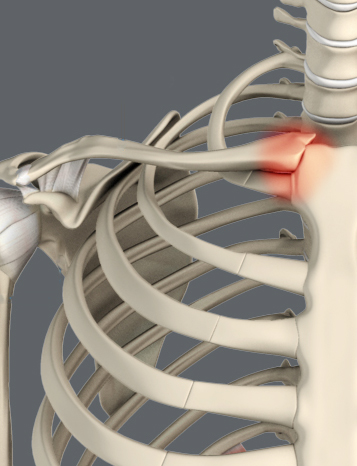
The sternoclavicular joint is the joint between the breastbone (sternum) and the collar bone (clavicle). The SC joint is one of the 4 joints that complete the shoulder and is the only joint that links the arm to the body.
Know More - Overhead Athlete's Shoulder

An overhead athlete is at increased risk of injury due to the mechanism associated with rapid shoulder elevation, external rotation, and abduction.
Know More - Subacromial Impingement Syndrome

SAIS is the inflammation and irritation of your rotator cuff tendons. This occurs when the tendons rub against the outer end of the shoulder blade (the acromion) while passing through the subacromial space during shoulder movement.
Know More - Glenoid Fractures
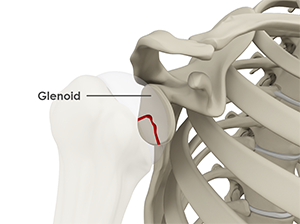
Fractures of the glenoid are rare but can occur due to major trauma or during high-energy sports activities.
Know More - Shoulder Disorders

The shoulder is the most flexible joint in the body that enables a wide range of movements.
Know More - Snapping Scapula

Snapping scapula or snapping scapula syndrome is also known as scapulothoracic syndrome or scapulocostal syndrome.
Know More - Proximal Humerus Fractures
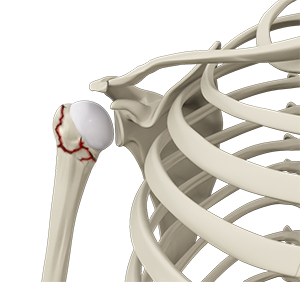
Fractures of the proximal humerus are common in elderly individuals suffering from osteoporosis. In younger individuals, a severe trauma such as a fall from a height on an outstretched hand or motor vehicle accident can cause these fractures.
Know More - Baseball and Shoulder Injuries
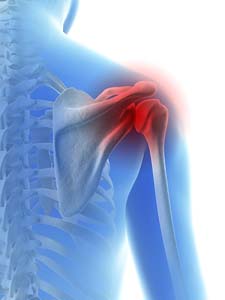
Shoulder injuries in baseball players are usually associated with pitching. While this overhand throwing activity can produce great speed and distance for the ball, when performed repeatedly, can place a lot of stress on the shoulder.
Know More - Acromioclavicular (AC) Joint Osteoarthritis
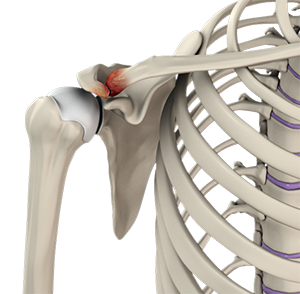
Osteoarthritis also called degenerative joint disease, is the most common form of arthritis. It occurs most often in older people.
Know More - Proximal Biceps Tendinitis
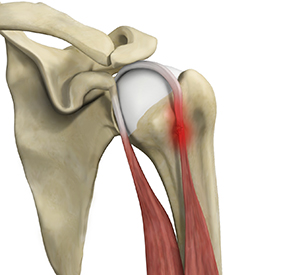
Proximal biceps tendinitis is the irritation and inflammation of the biceps tendon at the shoulder joint. The biceps muscle is the muscle of the upper arm which is necessary for the movement of the shoulder and elbow.
Know More - Rotator Cuff Pain
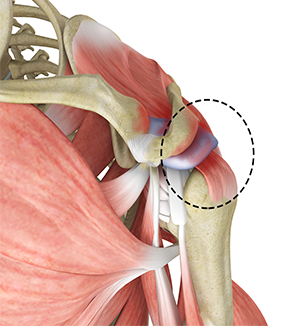
Initial treatment involves the use of conservative methods such as rest, non-steroidal medications, physical therapy, and steroid injections.
Know More - Internal Impingement of the Shoulder
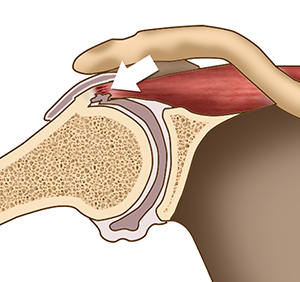
Internal shoulder impingement can be described as a pathological condition resulting from repetitive impingement of the internal surface of the rotator cuff by the bones at the back of the glenohumeral joint.
Know More - Rotator Cuff Re-tear

Rotator cuff repair is a surgery to repair an injured or torn rotator cuff. A re-tear may occur a few years after surgery due to multiple reasons including aging, a massive previous tear...
Know More - AC Joint Separation
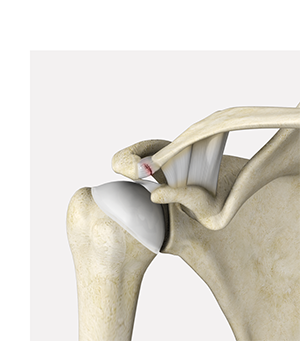
AC joint separation, also known as shoulder separation, is a condition characterized by damage to the ligaments that connect the acromion to the collar bone.
Know More - Shoulder Tendonitis
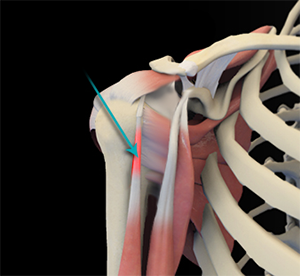
Shoulder tendonitis is a condition characterized by inflammation of the tendons which connect the muscles to the shoulder bones.
Know More - Little League Shoulder
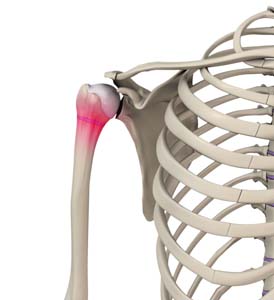
Little league shoulder is an injury to the growth plate of the upper arm bone at the shoulder joint of children.
Know More - Throwing Injuries of the Shoulder
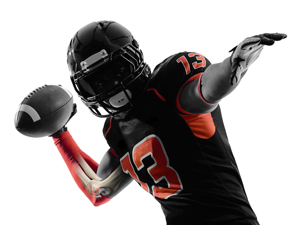
Throwing injuries of the shoulder are injuries sustained as a result of trauma by athletes during sports activities that involve repetitive overhand motions of the arm as in baseball, American football, volleyball, rugby, tennis, track and field events, etc.
Know More - Subluxation
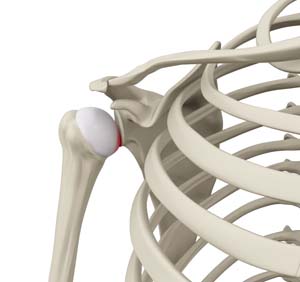
The shoulder is a highly mobile ball and socket joint. The ball of the upper arm bone (humerus) is held in place at the socket (glenoid) of the shoulder blade (scapula) by a group of ligaments.
Know More - Rotator Cuff Calcification

Rotator cuff calcification is the abnormal accumulation of calcium deposits in rotator cuff muscles and tendons.
Know More - Partial Rotator Cuff Tear

A partial rotator cuff tear is an incomplete tear that involves damage to a part of the tendon. The tear can be at the top, bottom or inner side of the tendon and does not go all the way through the tendon completely.
Know More - Bicep Tendon Rupture
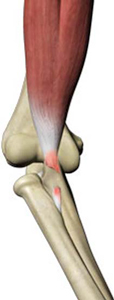
The biceps muscle is located in the front side of your upper arm and functions to help you bend and rotate your arm.
Know More Launch Movie - Proximal Biceps Tendon Rupture
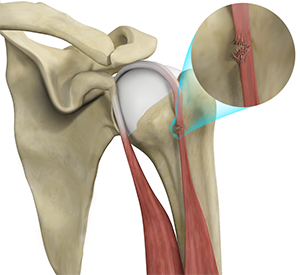
The biceps muscle is the muscle of the upper arm which is necessary for the movement of the shoulder and elbow.
Know More - Calcification Tendinitis
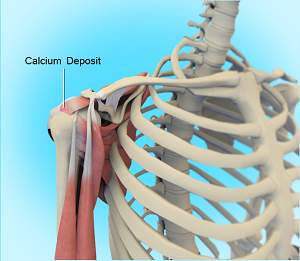
Calcification tendinitis is a problem with the shoulder’s tendons and muscles. This condition occurs due to the formation of calcium deposits in the tendons (tissue which attaches muscle to bone) of the rotator cuff (a group of muscles and tendons stabilizing the shoulder).
Know More - AC Joint Dislocation/Acromioclavicular Joint Dislocation

A dislocation occurs when the ends of your bones are partially or completely moved out of their normal position in a joint.
Know More - Long Head Biceps Tendon Rupture
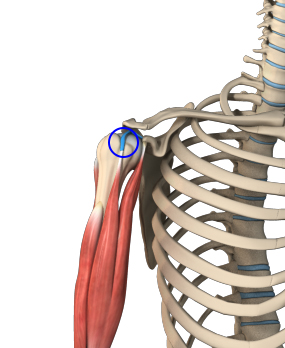
Your biceps muscle has two heads, a long head, and a short head, which are both attached to the shoulder. The long head of the biceps tendon is a tough band of connective fibrous tissue that attaches the long head of the biceps to the top of the shoulder socket.
Know More - Shoulder Labral Tear with Instability

The shoulder consists of a ball-and-socket joint formed by the upper end of the humerus (upper arm bone) and a cavity in the shoulder blade called the glenoid.
Know More - Multidirectional Instability of the Shoulder
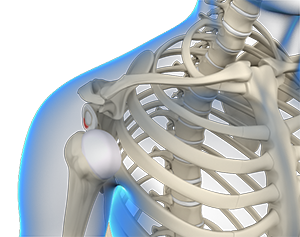
Instability may be described by the direction in which the humerus is subluxated or dislocated from the glenoid. When it occurs in several directions it is referred to as multidirectional instability.
Know More - Periprosthetic Shoulder Fracture
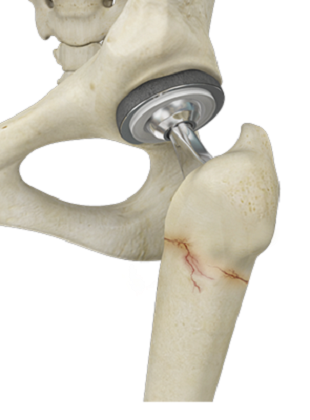
A periprosthetic shoulder fracture is a fracture that occurs in the bone adjacent to a shoulder prosthesis.
Know More
